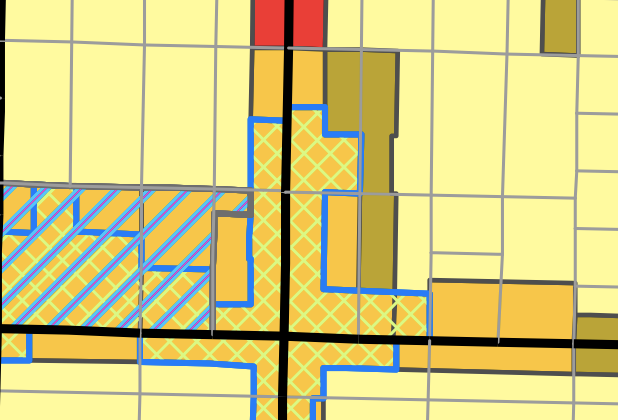Correction: We Need More Housing, Not More Zoning
That headline is pretty loaded. What does it mean? Don’t we want more zoning capacity in order to build more housing? Over the last week or so in conversations with different people about housing and zoning and mandates being pushed by the Mayor, I realized that there has been confusion created among people in the housing and growth debate in Seattle. And I am part of that because, I, like many others, have called for upzones. I think that lots of people, if asked, on all sides of the debate, would agree that what I and other advocates were pushing for is “more” or “higher” zoning. In fact, in one interview I was asked , “But don’t developers and builders want more zoning? Isn’t that how they make more money?” No. They don’t. What we’re asking for is not more zoning, but more housing, or at least the room and opportunity to make more housing. It’s different. And I think we all need to start making the distinction.
Years ago I worked as the County’s Tobacco Tzar, and my office and I did everything we could to enforce existing laws, make new ones, and develop strategies to make King County “the hardest place to smoke and the easiest place to quit in the country.” You’d think that slogan would have been hailed as genius. It wasn’t. Instead the head of the public health department earnestly pushed back on the “hardest place” part. It seemed offensive. Forget about the fact that we touted statistics the showed that smoking related deaths were higher than things like drug overdoses, car accidents, and gun violence — combined.
Along with our more aggressive enforcement efforts we also engaged with different potential partners to create voluntary programs. One idea I had was to offer developers and builders more building height in exchange for making their buildings smoke-free. At the time, I felt like incentive zoning was a good idea especially if the bargaining with builders was mutually beneficially and a good exchange of value. I figured more Floor Area Ratio (FAR) was what they wanted. If we let them build taller and bigger, then they’d for sure prohibit smoking in their buildings. Like most things, we were ahead of our time (I got into a lot of trouble for a front page Seattle Times article on our efforts on this that was linked on the Drudge Report). Almost all apartment buildings are smoke-free these days.
But then, we heard a lot of skepticism. I was surprised to find out that more FAR was not huge advantage I thought it would be. Instead developers had lots of other things on their minds besides “more zoning.” While density was on the list so were,
- flexibility with parking requirements
- a predictable and quick permit process
- flexiblity in zoning and land-use code
- assembled parcels
- pooled open space
- tax breaks and low-cost loans
Many builders and developers then told me what I know so well now: additional FAR comes at the cost of extra construction and whether it has value to offset the benefit being given (smoke-free housing, affordable housing or whatever) depends on where the project is located. I remember one well known and experienced developer telling me the additional height on one sample parcel didn’t matter because of parking requirements that would mean having to excavate onsite parking. That meant almost any increase in height was meaningless.
That answer, “it depends,” was a little frustrating at the time. And our idea didn’t really go anywhere. In the end, builders and building owners and managers have gone smoke-free because it reduces risks and costs. And tenants themselves don’t really care, choosing, mostly not to smoke in their own homes. The change we wanted happened, I think, because as we passed broader limits on smoking in public, those expectations expanded into the market for private spaces too. Smoke-free housing is happening because people are demanding it and the market is responding.
I feel like I have contributed to the confusion that seems to permeate every level of the housing discussion and especially about Mandatory Inclusionary Zoning (MIZ). Yes, more people, living in more units, in smaller spaces, in a wider variety of housing types is what we want. But zoning itself isn’t what we want. We want the ability to innovate housing solutions to meet the demands of people who are shopping for housing, whether they have a lot, some, or fewer dollars to spend on the product. More square footage isn’t necessarily a gift. But in all our talk about more housing, the discourse has slowly quantified that call into a demand for “more zoning.” The truth is we ought to completely abolish zoning all together.
This weird rhetorical shift meant that the so called Grand Bargain became an exchange of square feet for a fixed percentage of rent restricted units or a fee instead. The real world doesn’t work like that. So now we’re arguing over the relative value of square feet versus the costs of additional construction and lower rents. This is a narrow view of what value means in a real estate transaction or in housing production, and the argument is kind of a beside the point. We don’t want more zoning, we want more housing. We need more housing. Obsessing on zoning is making us fight about that, when what should be working together on is figuring out how we produce more.


